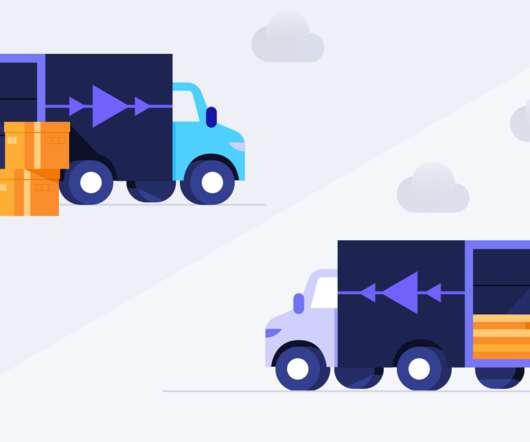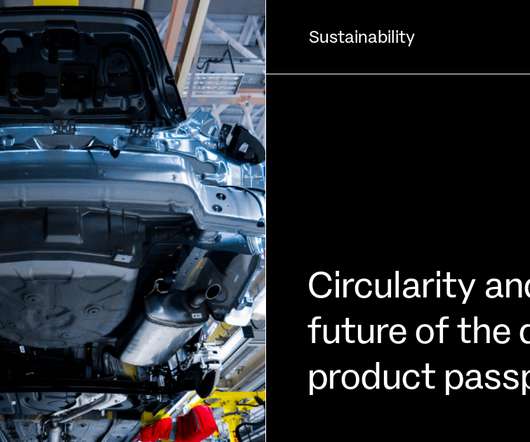Vendor vs. Supplier: how to Distinguish and Manage
Precoro
JUNE 6, 2022
And is expected to double by 2026. Suppliers can provide raw materials for manufacturing products or act as an intermediary between the manufacturer and the buying company. In this case, the supplier receives a commission from both the customer and the manufacturer. The vendor is quite a "flexible" term. Blurred lines.
















Let's personalize your content